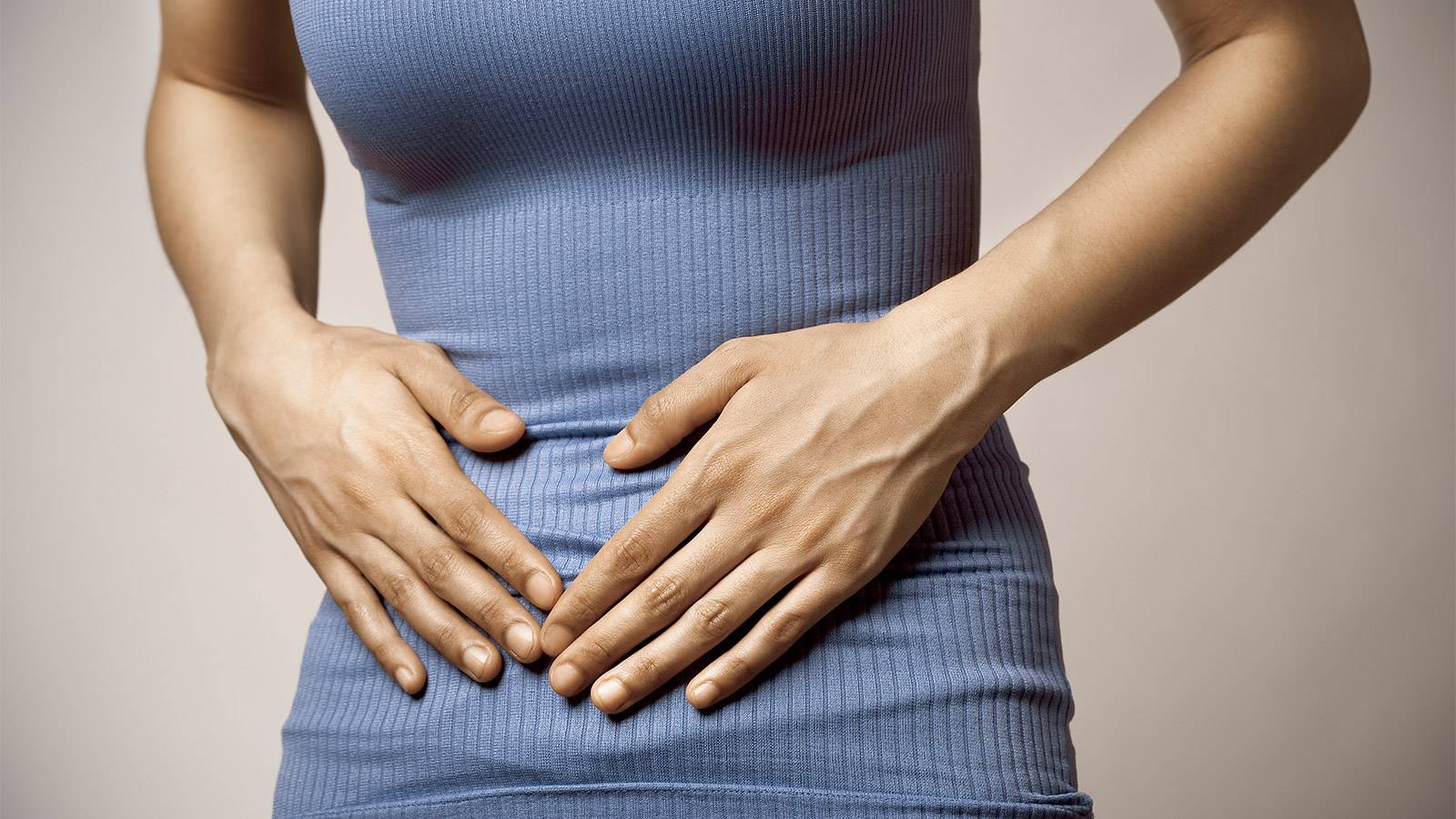Heavy periods with severe pain… If you have endometriosis, what does it mean for your chances of having a baby?
Most often, it’s the heavy menstrual bleeding, severe period cramps, or pain during intercourse that alerts you to the problem of endometriosis. We asked Dr Peter Chew, O&G specialist at Gleneagles — and board member of I Love Children — what exactly it is.
“It is a progressive disease where the lining of the womb (endometrial tissues) is ‘spilled’ into other parts of the reproductive organs — including the fallopian tubes, ovaries and the back of the womb,” he says.
In a few very rare cases, endometrial tissue can be found outside the pelvis (cases have been reported where it has been found in the lungs, liver and brain).
Dr Chew explains, “These abnormal and wayward endometrial tissues ‘bleed’ every month during menstruation. The surrounding areas become irritated and form scars.
“The main symptoms are pelvic pain, pain during menses and intercourse,” he says. Some patients may have related diarrhoea and constipation — leading to even more confusion about this condition.
“Endometriosis can cause ovarian cysts, blocked fallopian tubes, irregular ovulation and failure of the fertilised egg implanting itself in the womb.”
Patients as young as age 11 have been reported with endometriosis, but most appear to be in their mid-20s to late-30s. If you had a close female relative (mother, aunt, sister) who had it, you have a higher chance of developing it are higher. Also, an early period start, late menopause, never giving birth, as well as high alcohol consumption — all these factors are often found in women with endometriosis.
The exact cause, however, is unknown. Possible reasons for it mentioned on medical websites include some form of “flow back” of menstrual tissue as well as transfer of menstrual tissue during surgery (ew!) as endometrial tissue has been found attached to surgical scars.
It’s a factor that can affect women’s fertility, too. Says Dr Chew, “Endometriosis can cause ovarian cysts, blocked fallopian tubes, irregular ovulation and failure of the fertilised egg implanting itself in the womb.”
So, how can it be treated? There are several options available, from pain medication for the cramping (including milder pain pills like Panadol Menstrual, to prescription drugs), hormonal treatments, or endometriosis removal surgery to remove the “wayward tissue”.
Other lifestyle changes to prevent or reduce endometriosis symptoms? Exercise and avoiding large amounts of alcohol, Dr Chew suggests.
The bad news, he says, is the recurrence rate is high and there is no definitive cure. “Endometriosis will regress only at menopause when there is no more stimulation of the endometrial tissues by the ovarian hormones.”
Photo: iStock
Dr Peter Chew is a senior consultant obstetrician and gynaecologist at Peter Chew Clinic for Women, Gleneagles Medical Centre. He set up the non-profit voluntary welfare organisation, aLife. Dr Chew is also a board member of the voluntary group, I Love Children.
You may also like...
Trouble having a baby? Top 6 guys’ issues
